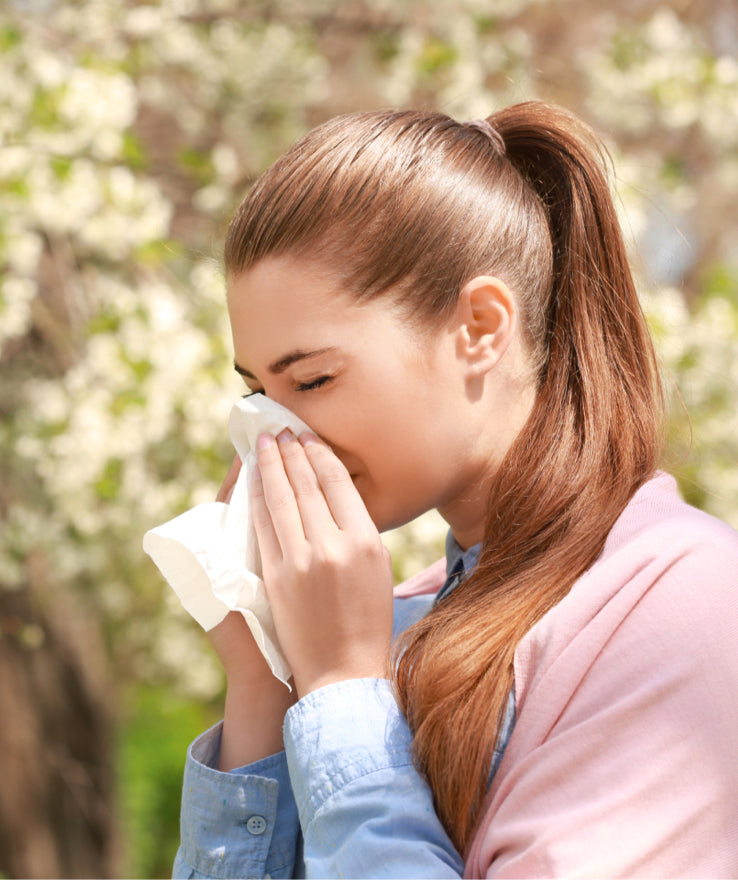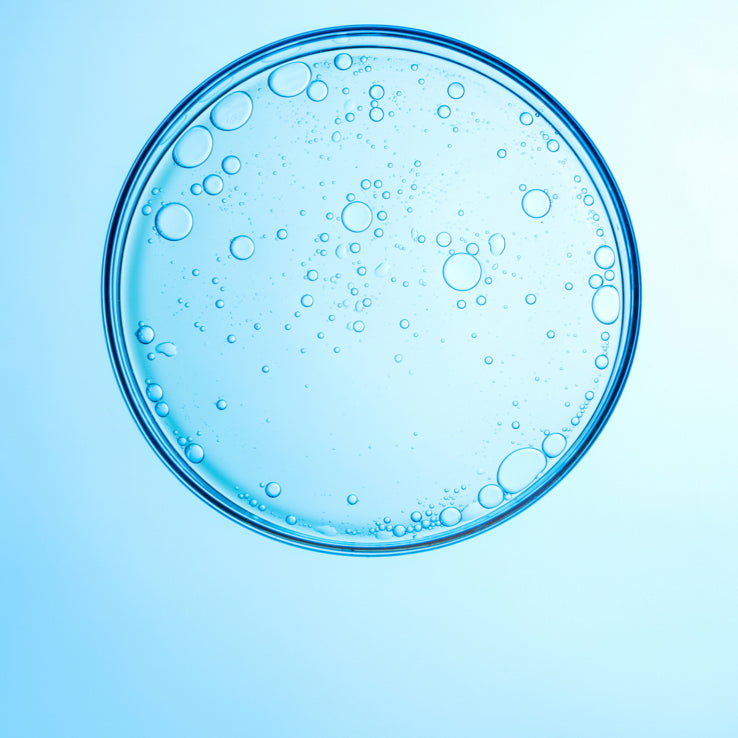2 min read
Antihistamines play a crucial role in combating allergies, one of the most common health issues worldwide. This blog explores the science behind antihistamines and their remarkable ability to alleviate allergy symptoms.
Understanding Histamines and Allergic Reactions
Histamines are chemicals released by the immune system during an allergic reaction. They are responsible for symptoms like sneezing, itching, and swelling. Antihistamines work by blocking histamine receptors, mitigating these symptoms.
First-Generation Antihistamines
The first generation of antihistamines, developed in the 1930s, are effective but often cause drowsiness. They cross the blood-brain barrier, affecting the central nervous system.
Advancements with Second-Generation Antihistamines
Second-generation antihistamines, developed to address the drowsiness issue, are less likely to enter the brain, reducing side effects. They provide longer-lasting relief without causing significant sedation.
Broad Applications of Antihistamines
Beyond treating allergies, antihistamines are used in managing conditions like hives, motion sickness, and as sleep aids due to their sedative properties.
The Role of Antihistamines in Allergy Management
In allergy management, antihistamines are often combined with other treatments like decongestants for comprehensive symptom relief.
Recent Developments and Future Directions
Current research focuses on developing more specific antihistamines to target different histamine receptors, potentially offering more effective treatments with fewer side effects.
Antihistamines have significantly improved the quality of life for allergy sufferers. As research progresses, these medications will continue to evolve, offering more targeted and effective solutions for allergy management.






